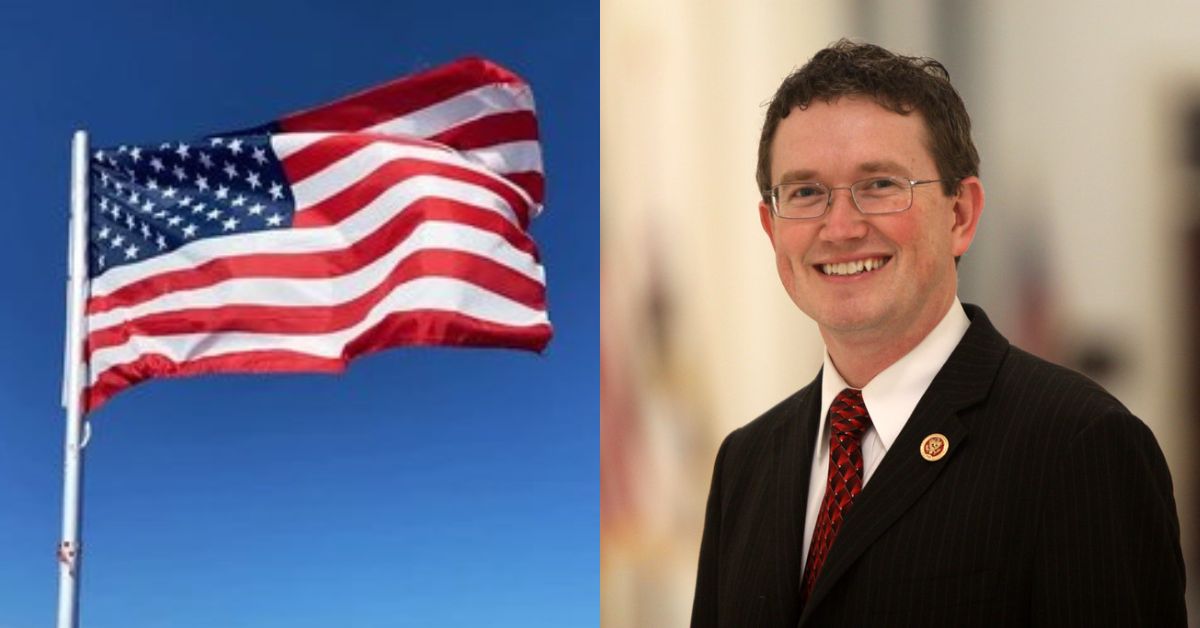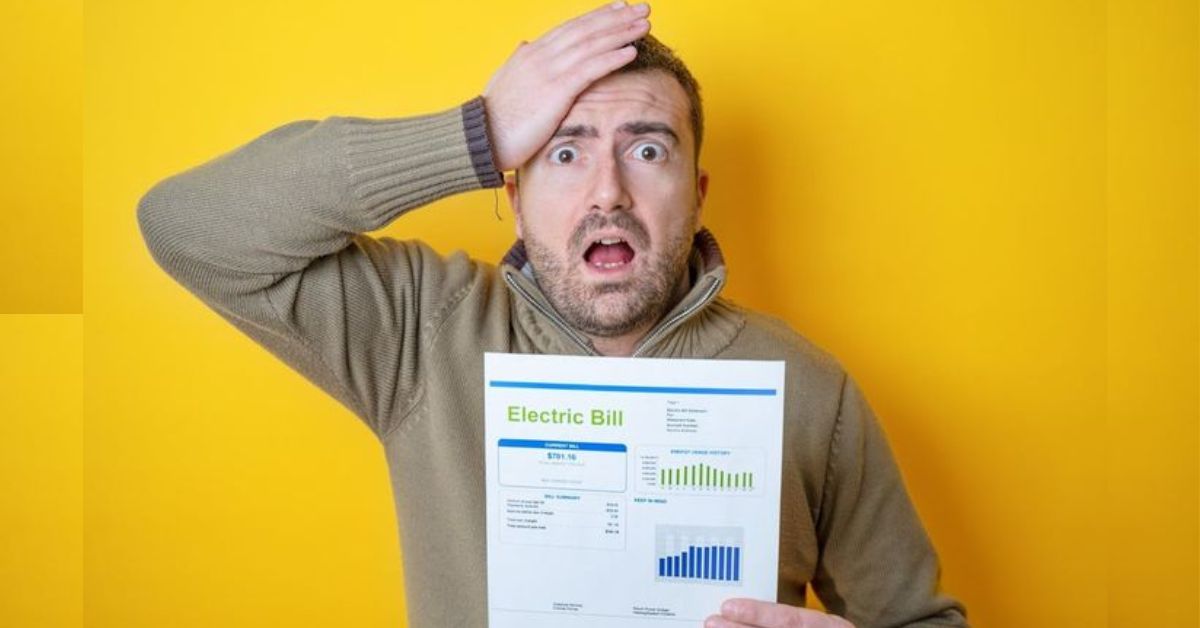On August 13, 2025, U.S. Representative Thomas Massie announced that the U.S. national debt has officially exceeded $37 trillion, attributing the milestone to the recently enacted One Big Beautiful Bill Act (OBBBA). The Kentucky congressman’s statement, shared via social media, highlights growing concerns about the nation’s fiscal trajectory amid significant legislative spending. This article explores the details of the debt milestone, the context of the OBBBA, its economic implications, and the broader debate surrounding U.S. fiscal policy.
The $37 Trillion Debt Milestone
The U.S. national debt reached a historic $37 trillion, a figure confirmed by Rep. Thomas Massie in a post on X on August 13, 2025. This milestone follows the passage of the One Big Beautiful Bill Act in 2025, a sweeping legislative package that includes tax cuts, infrastructure investments, and other spending initiatives. According to posts on X, Massie’s announcement has sparked widespread discussion about the sustainability of federal borrowing and the long-term economic consequences of rising debt.
The debt figure represents a significant increase from $36.2 trillion earlier in 2025, building on a trend that saw the debt climb from $31.4 trillion in 2023 after the suspension of the debt ceiling under the Fiscal Responsibility Act, as noted by Forbes. The Congressional Budget Office (CBO) estimates that the OBBBA could add between $3.3 trillion and $5.5 trillion to the debt by 2034, depending on economic conditions and implementation.
Overview of the One Big Beautiful Bill Act
The One Big Beautiful Bill Act, signed into law in 2025, is a cornerstone of President Donald Trump’s second-term economic agenda. The legislation combines tax reductions, regulatory reforms, and investments in infrastructure and manufacturing to stimulate economic growth and repatriate industries. According to Reuters, the bill aims to offset its costs through economic expansion and tariff revenues, though critics argue that these projections may be optimistic.
Key components of the OBBBA include:
- Tax Cuts: Reductions in corporate and individual tax rates, intended to boost consumer spending and business investment.
- Infrastructure Spending: Allocations for rebuilding roads, bridges, and energy systems, with a focus on domestic manufacturing.
- Tariff Revenue: Increased duties on imports from over 60 countries, including a 50% tariff on Indian goods, to fund domestic priorities and reduce trade deficits.
- Regulatory Relief: Streamlined regulations to support small businesses and encourage industrial growth.
The bill has been credited with boosting small business optimism, with the National Federation of Independent Business reporting a five-month high in its Small Business Optimism Index in July 2025, as reported by CNBC. However, its contribution to the national debt has drawn scrutiny from fiscal conservatives like Massie.
Rep. Thomas Massie’s Concerns
Rep. Thomas Massie, a vocal advocate for fiscal restraint, voted against the OBBBA, citing its potential to exacerbate the national debt. In his August 13 statement, Massie linked the bill directly to the debt’s climb past $37 trillion, emphasizing the rapid pace of borrowing. His position aligns with his previous votes, including support for the 2023 Fiscal Responsibility Act, which suspended the debt ceiling but led to a $4.8 trillion debt increase by early 2025, according to posts on X.
Massie’s announcement sparked a range of reactions on social media. Some users expressed alarm at the debt’s growth, with one comparing it to “upping a credit card limit instead of paying it off,” while others debated the economic trade-offs of the OBBBA’s growth-oriented policies. The congressman’s statement reflects broader concerns among fiscal conservatives about the long-term sustainability of federal spending.
Economic Implications of the $37 Trillion Debt
The U.S. national debt, now at $37 trillion, represents approximately 120% of the country’s GDP, based on CBO estimates. This ratio, while lower than the 2020 peak of 133% during the COVID-19 pandemic, raises concerns about interest payments and fiscal stability. The CBO projects that interest costs on the debt will reach $1 trillion annually by 2030, crowding out other federal spending priorities.
The OBBBA’s tax cuts and infrastructure investments are expected to stimulate short-term economic growth, with Fannie Mae forecasting GDP growth of 1.3% for 2025. However, economists warn that rising debt could lead to:
- Higher Interest Rates: Increased borrowing may push up Treasury yields, raising costs for consumers and businesses.
- Inflationary Pressure: Federal spending could drive inflation, projected at 3.0% for 2025, above the Federal Reserve’s 2% target, per the Bureau of Labor Statistics.
- Reduced Fiscal Flexibility: High debt levels limit the government’s ability to respond to future economic crises or invest in critical areas like healthcare and education.
The U.S. Chamber of Commerce has noted that small businesses, while optimistic, are concerned about tariffs and rising costs, which could offset the benefits of the OBBBA’s tax cuts.
Broader Fiscal Policy Debate
The $37 trillion debt milestone has reignited debates about U.S. fiscal policy. Supporters of the OBBBA, including Trump administration officials, argue that the bill’s investments will drive long-term growth, increase tax revenues, and reduce the trade deficit through tariffs. The administration points to the U.S.’s $45.8 billion trade deficit with India in 2024 and similar imbalances with other nations as justification for its protectionist measures, per the United States Trade Representative.
Critics, including Massie and other fiscal conservatives, argue that the bill’s spending outpaces revenue projections. The CBO’s estimate of $3.3 trillion to $5.5 trillion in additional debt by 2034 has fueled concerns about fiscal irresponsibility. Posts on X reflect public frustration, with some users calling the debt a “crisis” and urging policymakers to prioritize deficit reduction.
The debate also touches on the role of tariffs, which the OBBBA relies on to offset costs. While tariffs on countries like India and China aim to protect domestic industries, they have raised input costs for businesses, particularly in manufacturing, as noted by Reuters. The administration’s 90-day tariff pause with China and exemptions for allies like Japan and South Korea suggest a strategic approach, but the long-term impact remains uncertain.
Historical Context of U.S. Debt Growth
The U.S. national debt has grown steadily over decades, driven by tax cuts, wars, economic crises, and entitlement programs. The 2023 Fiscal Responsibility Act, which suspended the debt ceiling, allowed borrowing to rise from $31.4 trillion to $36.2 trillion by early 2025, per Forbes. The OBBBA’s passage has accelerated this trend, with the $37 trillion mark reached just months after its enactment.
Previous debt ceiling battles, such as in 2011 and 2013, led to temporary spending cuts, but the overall trajectory has remained upward. The OBBBA’s reliance on debt-financed growth contrasts with earlier efforts at fiscal restraint, drawing comparisons to the 2017 Tax Cuts and Jobs Act, which added an estimated $1.9 trillion to the debt, according to the CBO.
Looking Ahead: Fiscal Challenges
The $37 trillion debt milestone underscores the challenges facing U.S. policymakers. The Federal Reserve’s efforts to manage inflation through interest rate adjustments could complicate debt servicing, with rates projected to remain above 4% through 2026. Meanwhile, the OBBBA’s tariff revenues are uncertain, as global trade partners like Brazil and the EU explore retaliatory measures, per The New York Times.
Lawmakers face pressure to balance growth-oriented policies with fiscal responsibility. Proposals for entitlement reform, spending caps, or revenue increases are likely to resurface in 2026 budget negotiations, though political gridlock may hinder progress. The CBO warns that without action, the debt-to-GDP ratio could approach 140% by 2035, posing risks to economic stability.
Conclusion
On August 13, 2025, Rep. Thomas Massie announced that the U.S. national debt surpassed $37 trillion, attributing the milestone to the One Big Beautiful Bill Act. The legislation, which includes tax cuts, infrastructure spending, and tariffs, aims to stimulate growth but has raised concerns about fiscal sustainability. The debt’s growth from $36.2 trillion earlier in 2025 reflects the bill’s significant spending, with CBO estimates projecting an additional $3.3 trillion to $5.5 trillion by 2034. While the OBBBA has boosted small business optimism, challenges like rising interest costs and tariff-related uncertainties persist, fueling debates about U.S. fiscal policy.
Sources & References:
- Reuters
- Forbes
- CNBC
- The New York Times
- United States Trade Representative
- Congressional Budget Office
- U.S. Chamber of Commerce
Author
-

Marcus Hale is a finance professional turned content creator who specializes in personal finance, stock market analysis, crypto trends, and smart investing strategies. Known for simplifying complex financial concepts, Marcus helps readers make confident money decisions. Whether you’re budgeting, investing, or tracking global markets, Marcus delivers timely advice with clarity and authority.







